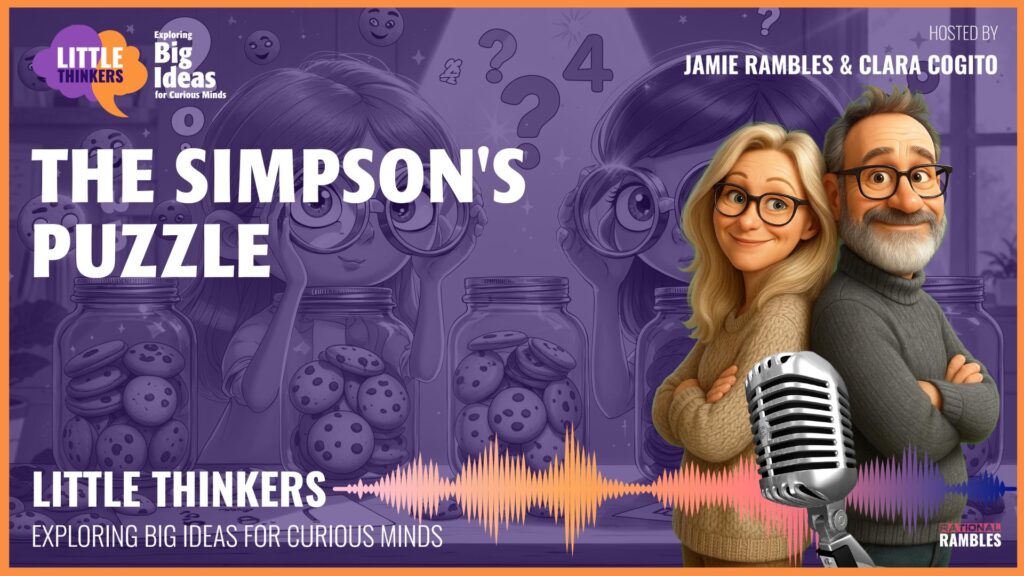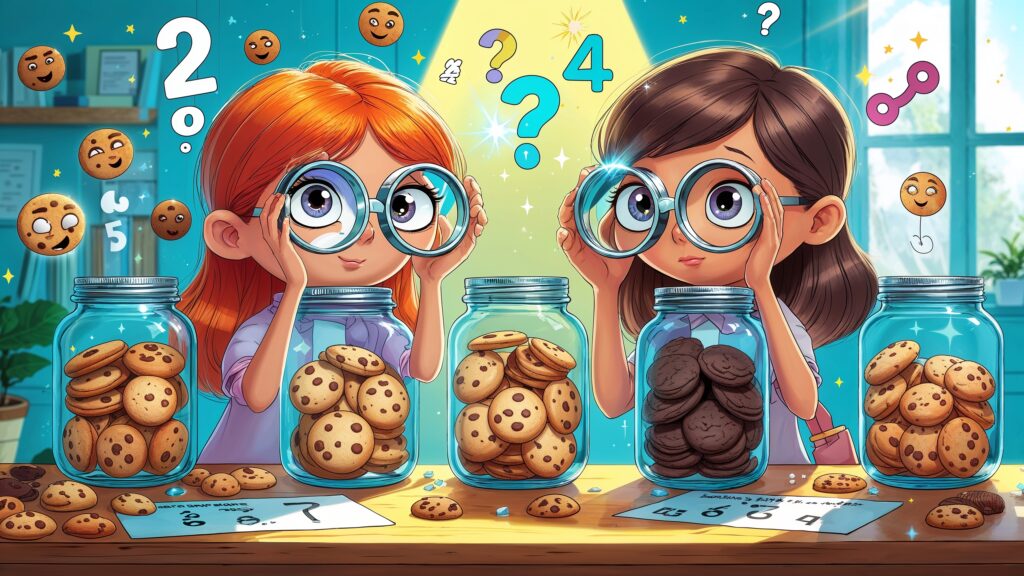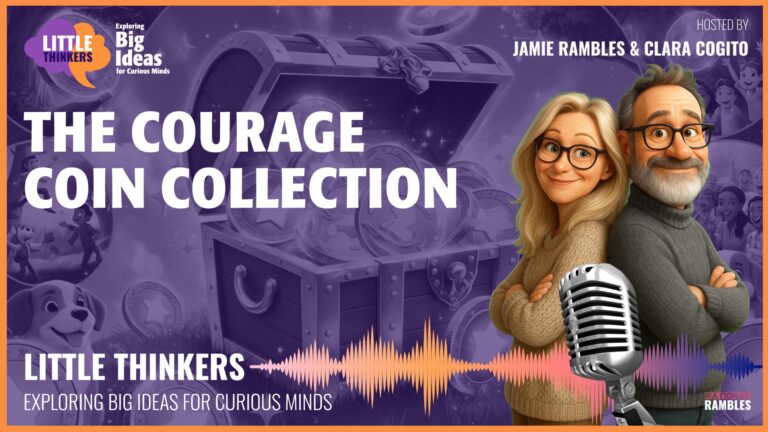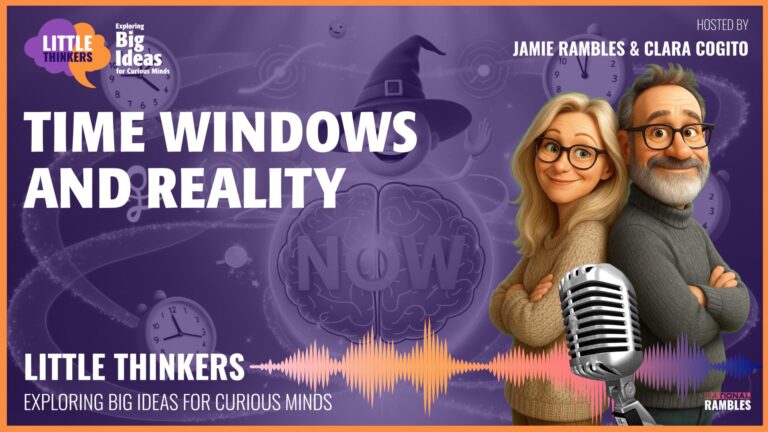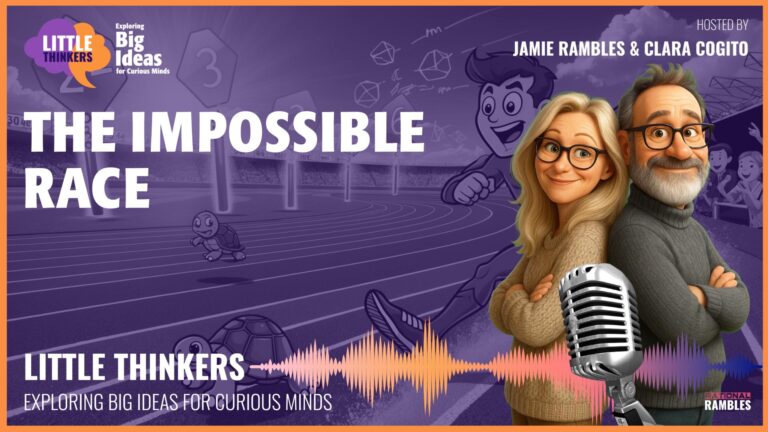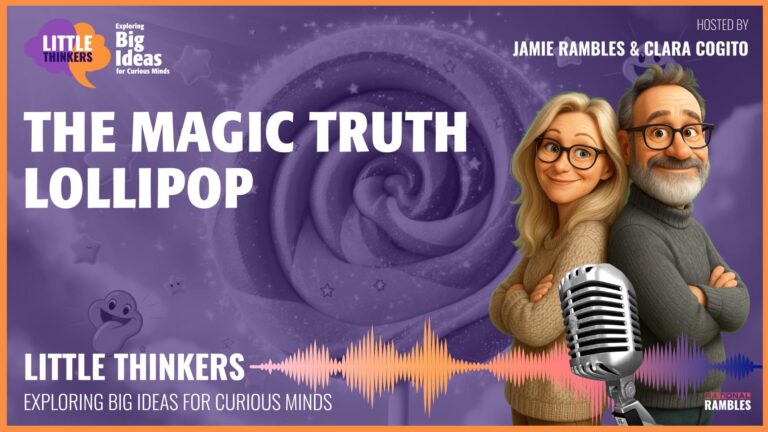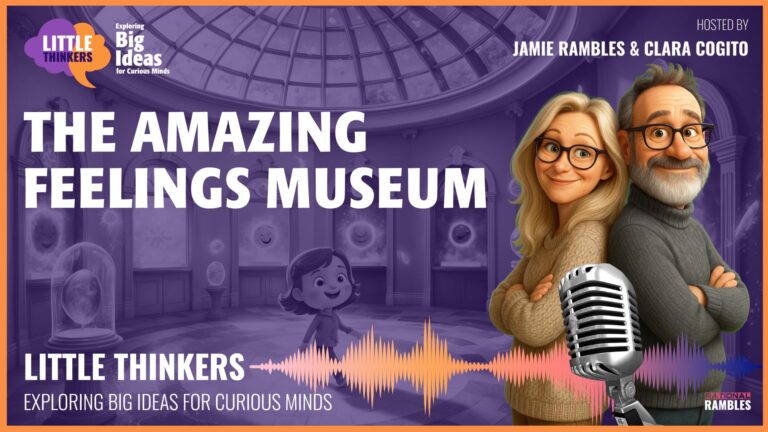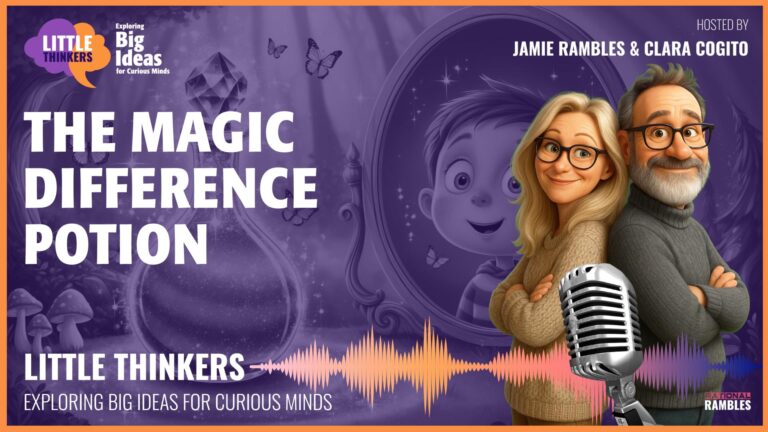The Amazing Number Trick: When Math Plays Hide and Seek!
Wait, Can Numbers Really Fool Us?
Have you ever seen a magic trick where something seems impossible but is actually true? Well, numbers can play tricks too! They can tell us one thing when we look at them up close, but something totally different when we step back and look at everything together. This tricky situation has a fancy name: Simpson’s Paradox (that means a puzzle that seems to contradict itself).
It’s like having a friend who runs faster than you in the rain AND faster than you in the sunshine, but somehow you win the race when you run in both weather conditions together! How can that be possible? Let’s find out!
Cookie Jar Mystery!
Imagine you have two cookie jars in front of you. You’re super hungry and want the yummiest cookie possible!
In Cookie Jar #1:
- Half (that’s 50%) of the chocolate cookies are yummy
- One-third (about 33%) of the vanilla cookies are yummy
In Cookie Jar #2:
- Only one-quarter (25%) of the chocolate cookies are yummy
- Only one-tenth (10%) of the vanilla cookies are yummy
Which jar would you pick? Jar #1 seems better, right? It has more yummy cookies of BOTH kinds!
But wait! Here comes the tricky part!
What if I told you that Cookie Jar #1 has 10 chocolate cookies and 90 vanilla cookies? And Cookie Jar #2 has 90 chocolate cookies and only 10 vanilla cookies?
Let’s count the yummy cookies in each jar:
Cookie Jar #1:
- 5 yummy chocolate cookies (half of 10)
- 30 yummy vanilla cookies (one-third of 90)
- That’s 35 yummy cookies total!
Cookie Jar #2:
- 23 yummy chocolate cookies (one-quarter of 90)
- 1 yummy vanilla cookie (one-tenth of 10)
- That’s 24 yummy cookies total!
WHOA! Cookie Jar #1 has more yummy cookies overall! But I could change the numbers a little bit and make Jar #2 have more. This is the Simpson’s Paradox – when things look one way when separated, but different when mixed together!
Playground Skills Showdown
Let’s try another example that might be easier to picture. Imagine we have two playgrounds:
At Sunshine Playground:
- 8 out of 10 kids can climb the monkey bars really well
- 6 out of 10 kids can swing super high
At Rainbow Playground:
- 7 out of 10 kids can climb the monkey bars well
- 5 out of 10 kids can swing super high
It looks like Sunshine Playground has more skilled kids at both activities! But here’s the twist…
The Big Reveal!
What if Sunshine Playground has 20 kids who like the monkey bars and 80 kids who prefer swinging? And Rainbow Playground has 80 kids who love monkey bars and 20 kids who like swinging?
Let’s count all the skilled kids:
Sunshine Playground:
- 16 good climbers (8 out of 10 × 20 kids)
- 48 good swingers (6 out of 10 × 80 kids)
- That’s 64 skilled kids total!
Rainbow Playground:
- 56 good climbers (7 out of 10 × 80 kids)
- 10 good swingers (5 out of 10 × 20 kids)
- That’s 66 skilled kids total!
KAPOW! Rainbow Playground has more skilled kids overall, even though Sunshine Playground has higher skill rates for BOTH activities! That’s like magic math!
Soccer Teams and the Hidden Truth
Let’s imagine two soccer teams: the Blazing Buffaloes and the Jumping Jackrabbits.
The Blazing Buffaloes scored goals in:
- 60% of their games against strong teams
- 80% of their games against weak teams
The Jumping Jackrabbits scored goals in:
- 50% of their games against strong teams
- 70% of their games against weak teams
The Buffaloes seem better at scoring against both types of teams! But what if…
The Soccer Surprise!
The Buffaloes played 8 games against strong teams and only 2 games against weak teams. The Jackrabbits played 2 games against strong teams and 8 games against weak teams!
Let’s count the games where they scored:
Blazing Buffaloes:
- About 5 games with goals against strong teams (60% of 8 games)
- About 2 games with goals against weak teams (80% of 2 games)
- That’s 7 games with goals out of 10 games!
Jumping Jackrabbits:
- 1 game with goals against strong teams (50% of 2 games)
- About 6 games with goals against weak teams (70% of 8 games)
- That’s also 7 games with goals out of 10 games!
They’re tied overall! That’s incredible! And if the Jackrabbits scored in 80% of their games against weak teams, they’d actually be better overall, even though the Buffaloes are better against each type of team separately!
Medicine Mysteries
This tricky paradox happens in real life too! Doctors and scientists have to be super careful about it when they test new medicines.
Imagine two hospitals testing a tummy ache medicine:
In Hospital Awesome, the medicine helps:
- 70% of kids feel better
- 40% of grown-ups feel better
In Hospital Brilliant, the medicine helps:
- 60% of kids feel better
- 30% of grown-ups feel better
The medicine at Hospital Awesome seems better for BOTH kids AND grown-ups, right?
The Hospital Twist!
But what if Hospital Awesome tested 20 kids and 80 grown-ups, while Hospital Brilliant tested 80 kids and 20 grown-ups?
Let’s count how many people felt better:
Hospital Awesome:
- 14 kids felt better (70% of 20)
- 32 grown-ups felt better (40% of 80)
- That’s 46 people out of 100 who felt better!
Hospital Brilliant:
- 48 kids felt better (60% of 80)
- 6 grown-ups felt better (30% of 20)
- That’s 54 people out of 100 who felt better!
KABOOM! Mind explosion! Hospital Brilliant’s medicine seems better overall, even though Hospital Awesome’s medicine is better for both kids and grown-ups when you look at them separately!
Become a Number Detective!
The Simpson’s Paradox teaches us something super important: we need to look deeper at numbers to find the whole truth. It’s like being a detective with a magnifying glass, searching for clues!
When someone tells you “this is better than that,” ask yourself these questions:
- “Better for who exactly?”
- “How many people from each group were tested?”
- “Are we looking at the whole picture or just parts of it?”
Try It Yourself: The Magic Bag Trick!
Here’s a fun activity you can try at home! Make two paper bags and put different amounts of red and blue blocks (or candies or buttons) in each:
In Bag A:
- Put 3 red big blocks and 2 blue big blocks (60% red)
- Put 4 red small blocks and 1 blue small block (80% red)
In Bag B:
- Put 2 red big blocks and 3 blue big blocks (40% red)
- Put 3 red small blocks and 2 blue small blocks (60% red)
Ask your family: “Which bag has a higher percentage of red blocks?” They’ll probably say Bag A, because it has a higher percentage of BOTH big AND small red blocks.
Then ask: “Which bag has more red blocks total?” Count them up: Bag A has 7 red blocks, while Bag B has 5 red blocks. Bag A wins again!
But you can change the numbers to create a paradox. Try to make Bag B have more red blocks total, even though Bag A still has a higher percentage of both big AND small red blocks. Can you do it? (Hint: change how many blocks of each size are in each bag!)
The Big Lesson: Numbers Can Hide the Truth!
The next time you hear people comparing things with numbers, remember the Simpson’s Paradox! Ask yourself: “Are we seeing the whole picture?”
Numbers don’t lie, but they can certainly play hide and seek with the truth. Sometimes what seems true when you look at parts separately isn’t true when you look at everything together.
Being a good thinker means looking at problems from different angles. Just like a detective, you need to gather ALL the clues before solving the mystery!
So keep your brain bouncy and curious, and remember: there’s always more than one way to look at a problem!



